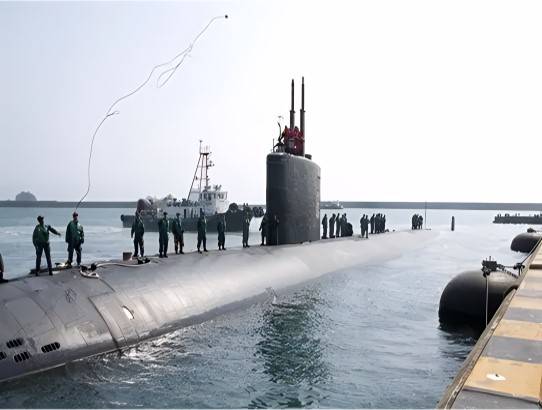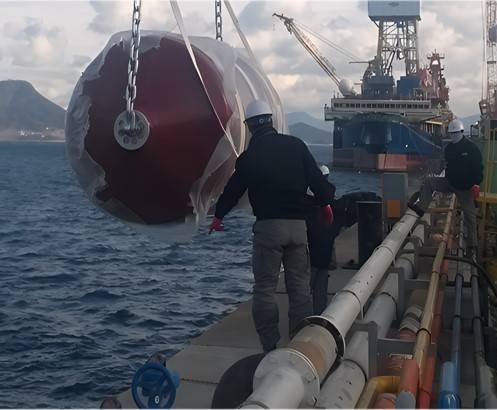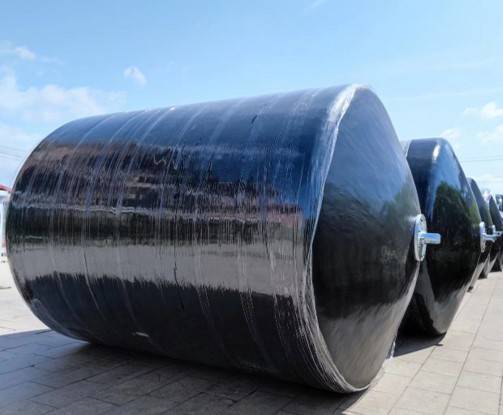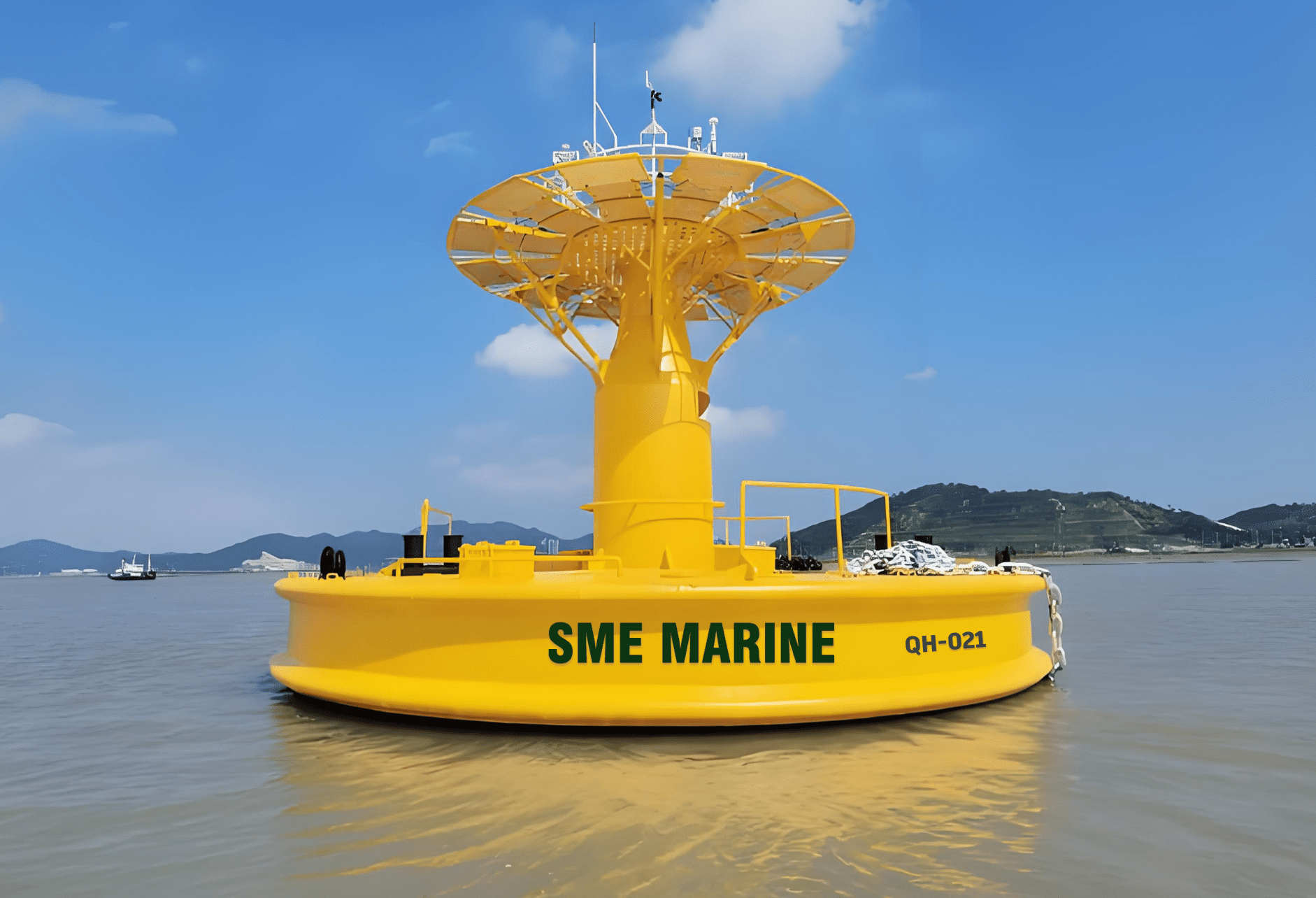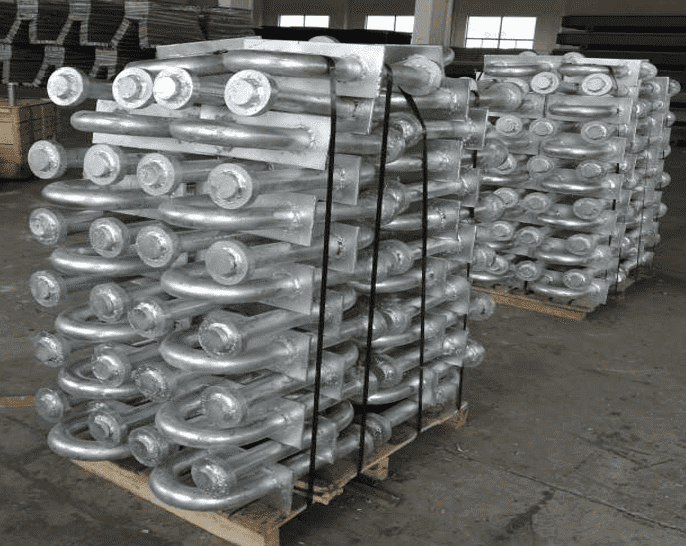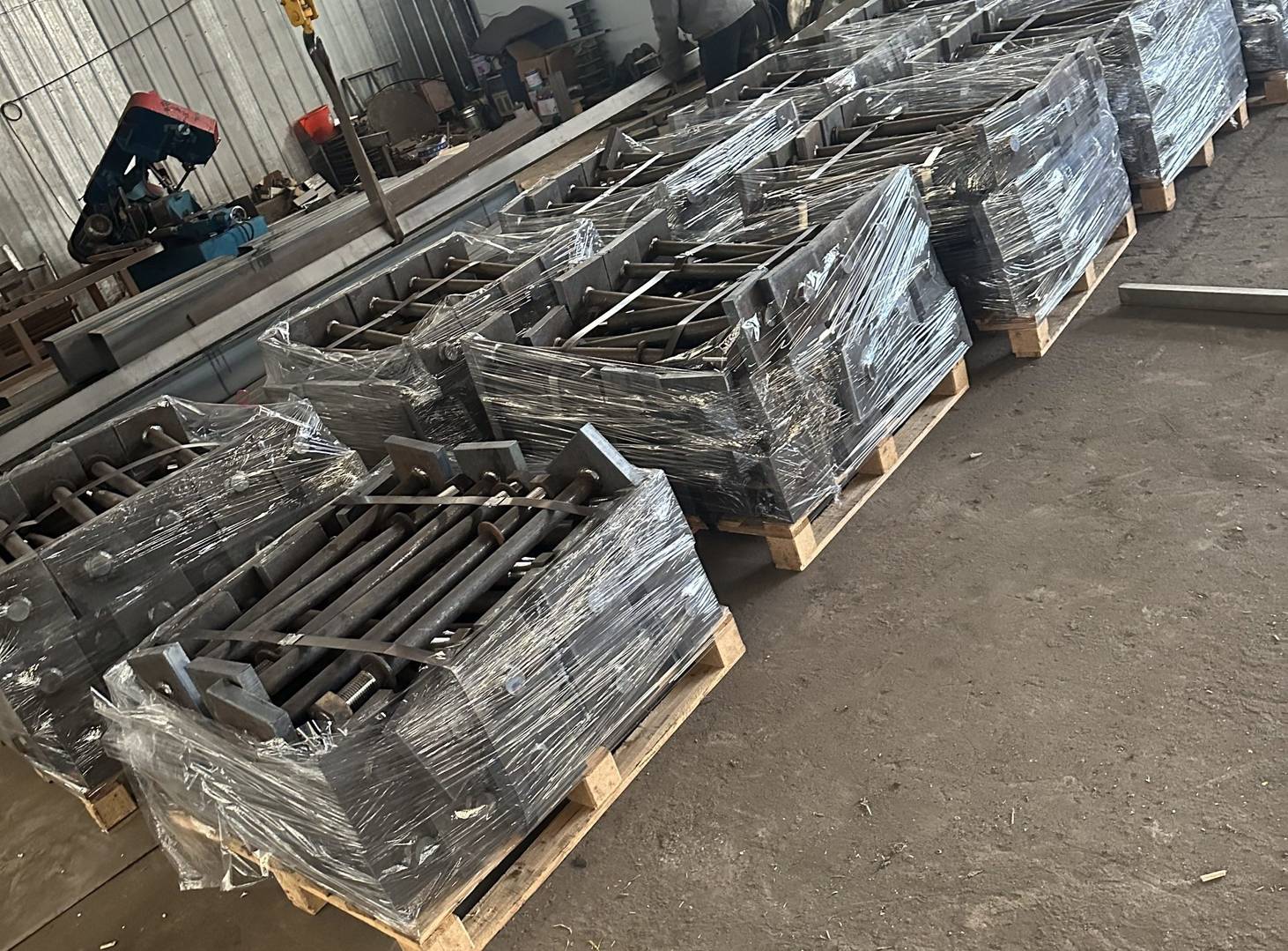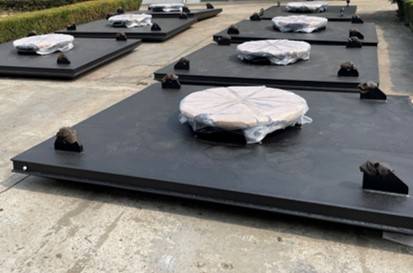Foam Fenders – Innovative Design for Versatile Berthing
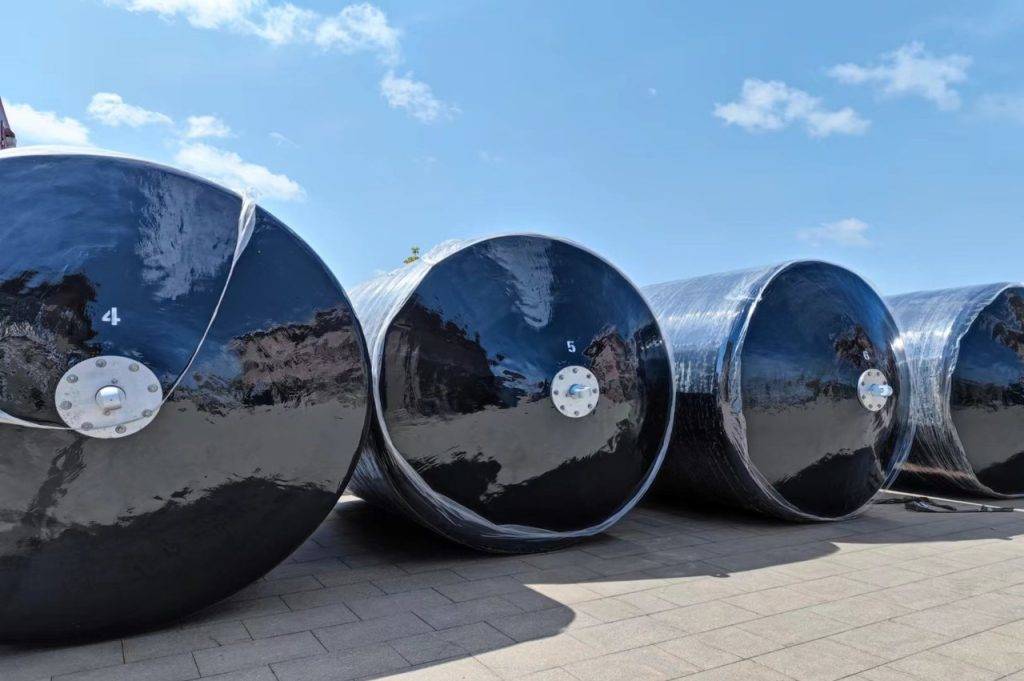
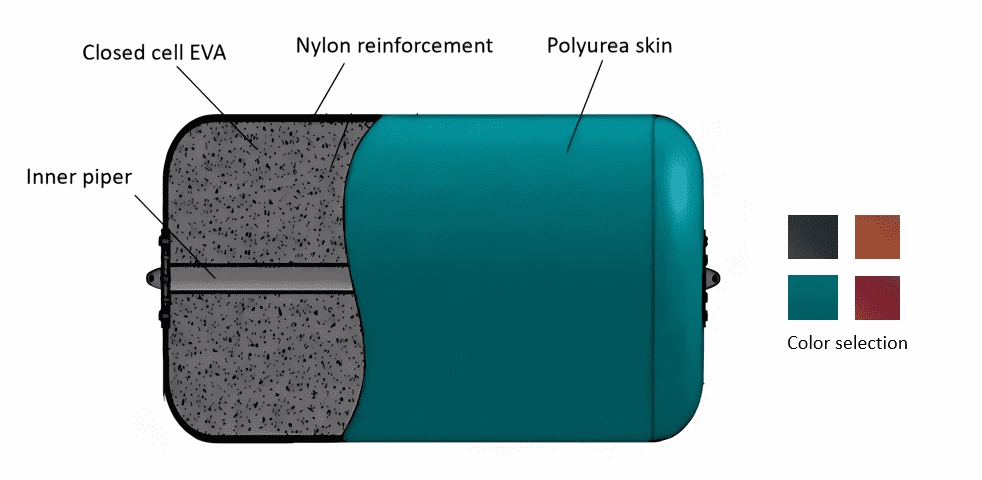
SME uses fully enclosed EVA (Ethylene-Vinyl Acetate) foam with a dense closed-cell structure. This design allows the foam to absorb and spread impact energy, giving vessels strong protection from collision damage. The closed-cell system keeps gas locked inside, so the foam does not compress or deform. As a result, the fender stays stable and reliable even after long use.
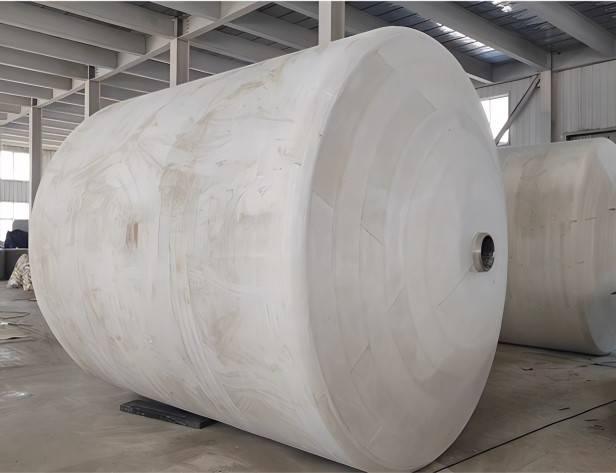
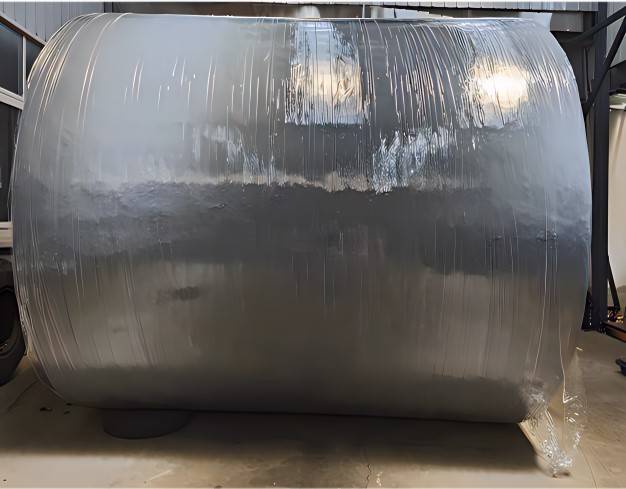
To protect the foam, SME builds the outer shell from reinforced polyurethane. This tough material adds another layer of defense and raises the overall strength of the fender. It resists seawater erosion, constant waves, and UV radiation. Even in harsh conditions, the shell helps the fender keep its shape and performance over time.
The closure head and axle core are also important to the stability of the foam fender. In marine environments, fenders face complex forces and heavy loads. SME uses high-strength, corrosion-resistant metals for these parts. Their durability ensures the fender works safely under long-term stress.
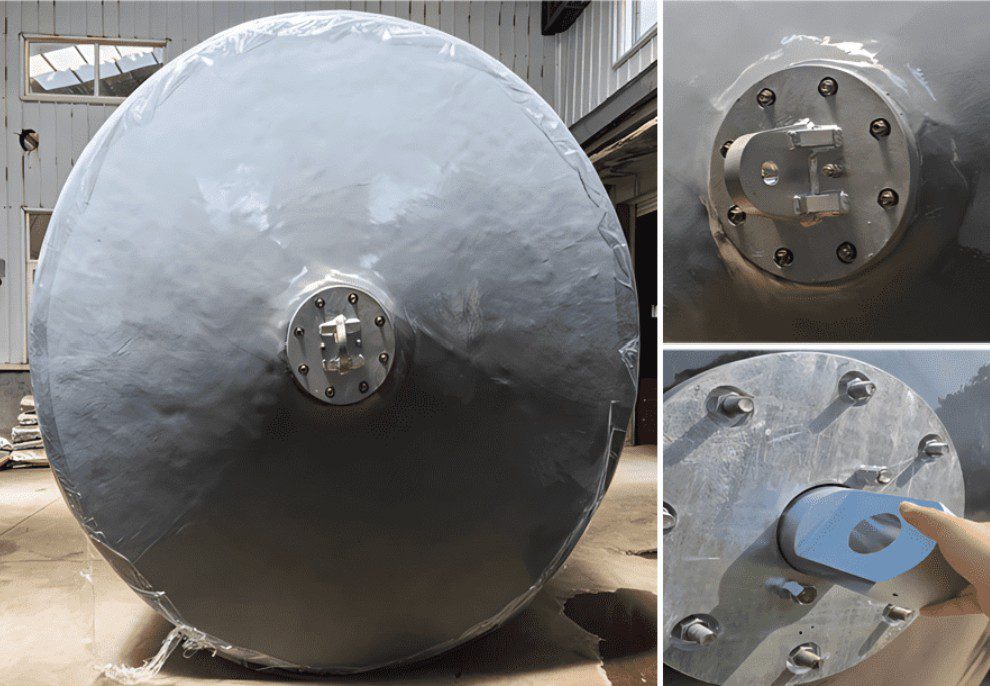
Foam filled fender Type

For extra protection, SME offers foam fenders wrapped with a tire and chain mesh. This solution shields the surface from scratches and wear. It also improves the durability of the whole system and reduces maintenance needs.
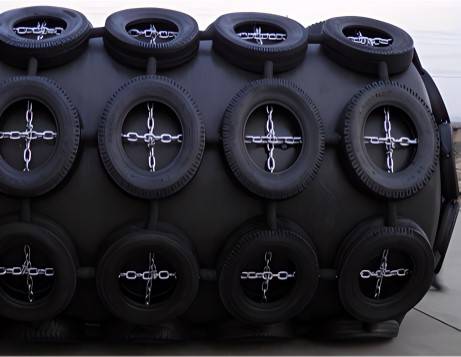
Like Pneumatic fenders,foam fenders provide excellent cushioning, but their solid foam core ensures continuous buoyancy without relying on air pressure. They can be easily installed along quay walls or integrated with mooring systems, making them suitable for vessels of all sizes and adaptable to varying tidal conditions.
Although there is currently no dedicated international standard specifically for foam fenders, SME designs and manufactures them by referencing ISO 17357 and other recognized industry guidelines. Our foam fenders are engineered to exceed these standards in terms of durability, safety, and performance, ensuring reliable operation even in harsh marine environments.
Proven in practice
